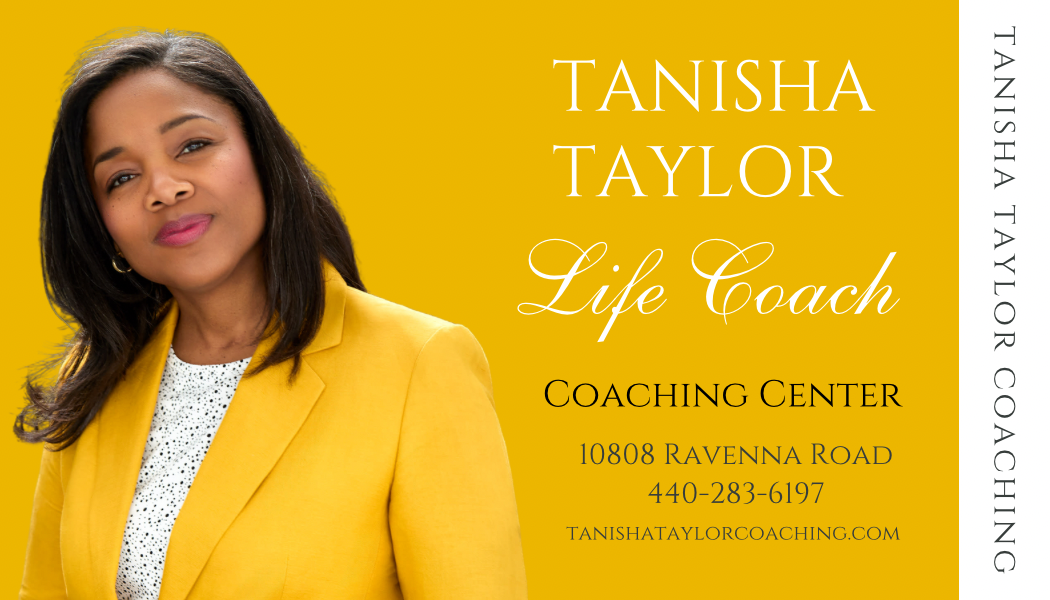Sam Wiehe, Olivia Tindall, and Julia Walsh
The advancement of social media is impossible to avoid. The ages of users are slowly decreasing as the idea of being a part of social media becomes more natural and expected for new generations. The problem is the negative side of social media is now affecting users at a much younger age and increasing the long term effects. The “cool” age to get a phone and have a Twitter account was 14 or 15 when I was younger… but now, even just 10 years later, blue screens fill the hallways of elementary schools where children have practically limitless access to the harms of the web.
In the conversation about school, grades are a huge concern for parents and teachers, but seem to have become less important for kids. The problem isn’t necessarily the social media itself, but the way social media is so capable of dragging students’ attention away from their priorities. It is hard for teens and young kids (or even people in general) to have an amusing source of entertainment right in the palm of their hand and talk themselves out of using it. A study of 500 college freshmen showed that those who spend around three hours a day on social media (specifically Facebook in this study) had scored an average of 10% less on their exam of the week (Anderer et al. paragraph 5). An increase of 10% can quite possibly be a change of a letter grade for some students. The distraction of social media makes it extremely difficult for kids to stay focused on the work they have to complete, including homework, projects, and even in-class lessons because of the increased tolerance of the use of phones in school. I’m sure you’ve heard stories about teachers taking phones to the principal’s office and the student not having it for the entire day, but frankly, that is now an unused concept. A student could sit on Instagram all class and not hear a word from the teacher… as long as they are performing on their tests of course. Ironically, though, soon as a bad grade erupts, both parents and teachers always seem to blame the “phone” first. But why wasn’t it a concern before the grade came out? That’s because there are some students in some classes who can handle not paying attention to the material and easily ace a test. A small quantity of students I’m sure, but even so, that doesn’t mean those students have found the perfect balance between Twitter and school.
The students that are able to consistently get good grades while balancing their social media interaction can typically find problems elsewhere. Social media can be a distraction from sports, family, friends, or practically anything if not used correctly. And being what it is, it is very hard (especially for young children) to know right from wrong when encountering information on the web. It is very easy for college students, high schoolers, middle schoolers, and especially elementary schoolers to find themself on the wrong side of social media. There is a lot of unfiltered and possibly harmful information out in the web for users to accidentally come across. Parents giving their ten year old a phone for “just games” are most likely ignorant to the lack of effort it takes their child to find things they should not be exposed to. It’s not hard for a techy fourth grader to download twitter and suddenly they now have access to the world that only adults should. Even teens who normally could be considered responsible enough to handle the “dark” side of social media, can find themselves in trouble very easily.
While there are obvious negatives to the use of social media, especially for our youth, there are benefits to it as well. When thinking of the positive side of social media, my mind is immediately drawn to new “influencers.” These are people who have a large following on their social media platforms, and can reach a large audience in a short amount of time. These influencers are using social media and their followings to make a living. Without social media, these people may not be making as much money as they are now. According to Fox Business, the average influencer can make about $100,000 per year without sponsorships. This means, just by posting pictures on Instagram, doing a few TikTok dances, and liking some tweets, this person could make a very comfortable living.
Influencers are also able to use their platforms to promote products. This is a very beneficial marketing technique for businesses looking for a specific target audience. In a sponsored post, someone may talk about a product for 30 seconds, and get paid up to $250,000. While these companies are paying influencers a lot of money to promote their products, influencers such as Charli D’amelio who has a whopping 97.9 million followers can get a lot of people to buy products they endorse. Without the use of social media, these companies may not have been able to target that specific audience so easily.
Influencers are one spectrum of people that would be hugely impacted if social media were all of sudden completely shut down with no hope of returning. But the way that I think of it is… we advanced once, why couldn’t we do it again? Companies and individuals that use their social media platforms as their source of income would have to find a solution. They used their intelligence and creativity once to figure out the outlet of social media to boost their sales, can’t they do the same and find another source for success? Yes, it would be more complicated and have its drawbacks, but if that is what must be done for the mental safety of all the young generations involved, then changes should be made.
Another major negative effect social media has proved to have on its users is mental health problems. A great example of this effect is the COVID-19 outbreak. When COVID-19 became very serious all around the world gobs of information regarding the virus circulated all social media platforms. While some of this information was helpful to keep ourselves and our loved ones safe, a lot of misinformation was spread as well. This misinformation, along with the lack of being able to tell it apart from the true information, can cause mental health problems, according to the World Health Organization. The surplus of information bombarded all social media users, which in turn caused them to react via social media. Users shared their fears, worries, stresses, and anxieties with their followers. These feelings, when shared on social media, can often be contagious, and social media users can spiral from them. It has even been found that in some cases indirect exposure to mass trauma, like the COVID-19 pandemic, the 2014 Ebola outbreak, and SARS, can lead to post-traumatic stress disorder symptoms (Gao et. al., 2020, pp. 2, 7).
Another event flooded social media in 2020, and that was the Black Lives Matter protests that stemmed from the deaths of Ahmaud Arbery, Breonna Taylor, Tony McDade and George Floyd. Social media played somewhat of a positive role during this event because people thousands of miles away from where the event took place were able to experience and empathize with it due to videos and information being shared online. Without social media’s impact it is likely that justice would not have been served and these societal problems would not have been made evident to all Americans. However, the spread of this information had negative impacts as well. The videos and stories shared were traumatizing, especially to members of the Black community. Some found themselves having to choose between staying informed or protecting their mental health (Johnson, 2020, p. 5).
Even without being in the midst of a global pandemic or civil unrest, social media can still be harmful to its users. Social media can allow for you to make connections with people all around the world, however, these connections cannot compare with real-world interactions. On your Instagram, Twitter, or Snapchat you create a version of yourself that you prefer, or that you think others will prefer. By doing this you are unable to form real connections with people. The University of Glasgow in Scotland conducted a study and found that lower self-esteem and higher levels of anxiety and depression were linked to time spent on social media. This could be because you feel left out watching others have fun on their social media pages, and you may not be able to enjoy the moment you are in because of this (Does Technology Make Us Lonely?, 2018, p. 4). It is important to step away from social media from time to time in order to avoid the stress and anxiety that comes from it. This can allow for time to realize that your life goes beyond what is on your phone screen and can help put things in perspective.
Of course we can not just cut social media out of our lives entirely. It is a great source of entertainment for some groups of people, income for others, and a huge communication asset for more. But changing ages for access to certain social media apps would be a possible solution to having users who are too young on the sites. The problem of course is that it is not hard to work your way around a security like this by lying about age, using a parents account, etc. So ultimately this problem falls in the laps of the parents and guardians who allow their young children onto the internet. It is their responsibility to keep them on secure browsers, age appropriate pages, and as they get older, teach them the right way to use their social media pages to try and bring more positivity to the internet. As Kim Lachance Shandrow from NBC states it, “Remember, what your kids do online is entirely up to you, mamas and papas. Protect them the best you can. No pressure, right?” (Shandrow, 13).
The collaborative Op-Ed above was written by Nordonia High School seniors enrolled in College Writing 1, a dual-enrollment course with college credit awarded through Kent State University. The views expressed are of the students and not necessarily of Nordonia High School.
References
Anderer, John, et al. “Quitting Facebook Can Lead To Higher Grades For Teens.” Study Finds, 12 Nov. 2019, www.studyfinds.org/facebook-failure-for-struggling-students-less-time-on-socia l-media-leads-to-higher-grades/
Conklin, Audrey. “How Much Money Do Social Media Influencers Make?” Fox Business, 11 March 2020, https://www.google.ca/amp/s/www.foxbusiness.com/lifestyle/social-media-influencer-pay.amp .
“Does Technology Make Us Lonely?” Scholastic Choices, vol. 33, no. 6, Mar. 2018, pp. 2–5. EBSCOhost, search.ebscohost.com/login.aspx?direct=true&AuthType=cookie,ip,custuid&custid=infohio&db=aph&AN=128052061&site=ehost-live&scope=site
Gao, Junling, et al. “Mental Health Problems and Social Media Exposure during COVID-19 Outbreak.” PLoS ONE, vol. 15, no. 4, Apr. 2020, pp. 1–10. EBSCOhost, doi:10.1371/journal.pone.0231924.
Johnson, Alexandria. “Juggling Political Activism and Mental Health, from Five Black Professionals.” New York Amsterdam News, vol. 111, no. 24, 11 June 2020, pp. 5–26. EBSCOhost, search.ebscohost.com/login.aspx?direct=true&AuthType=cookie,ip,custuid&custid=infohio&db=aph&AN=144231975&site=ehost-live&scope=site
Shandrow, By Kim Lachance. “How to Protect Young Kids from Inappropriate Internet.” NBCNews.com, NBCUniversal News Group, 19 July 2012, www.nbcnews.com/id/wbna4 8186441 .















